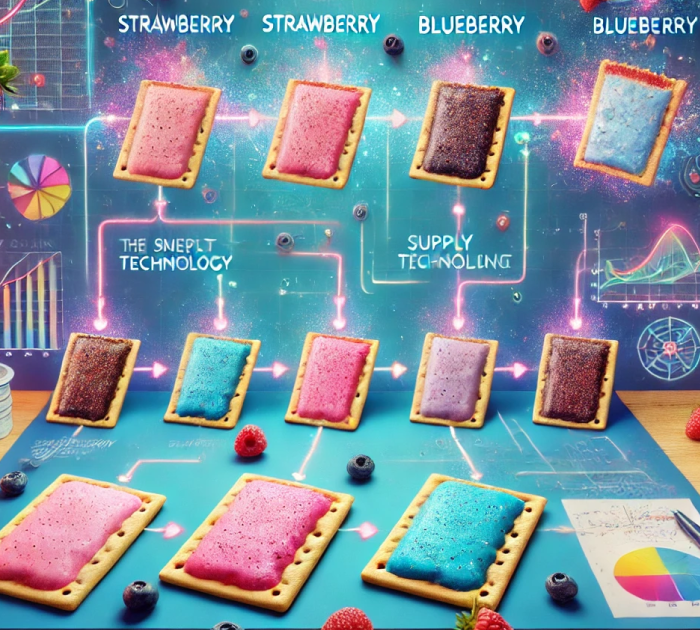Introduction
In today’s environmentally conscious world, sustainability has moved from being a mere buzzword to a business imperative. Consumers are not just interested in the quality of the products they buy but also in how those products are made and delivered. A sustainable supply chain isn’t just good for the planet—it’s good for your bottom line. It can lead to cost savings, improved brand reputation, and stronger relationships with customers and partners. So, how can you make your supply chain more sustainable? Here are 12 essential tips to guide you on this journey.
1. Assess and Map Your Supply Chain
Before you can improve, you need to understand where you stand.
- Identify Impact Areas: Conduct a thorough analysis to determine which parts of your supply chain have the most significant environmental and social impacts.
- Evaluate Suppliers: Assess your suppliers’ sustainability practices to ensure they align with your standards.
2. Source Materials Responsibly
The materials you use set the foundation for sustainability.
- Choose Sustainable Materials: Opt for renewable, recycled, or biodegradable materials whenever possible.
- Ensure Ethical Sourcing: Avoid suppliers involved in deforestation, conflict minerals, or labor exploitation.
3. Optimize Transportation and Logistics
Transportation can be a significant source of emissions.
- Efficient Routing: Use logistics software to optimize routes, reducing fuel consumption and emissions.
- Alternative Fuels: Transition to electric or hybrid vehicles.
- Local Sourcing: Procure materials from local suppliers to minimize transportation distances.
4. Improve Energy Efficiency
Reducing energy use lowers costs and environmental impact.
- Conduct Energy Audits: Regularly identify areas where you can save energy.
- Upgrade Equipment: Invest in energy-efficient machinery and equipment.
- Use Renewable Energy: Incorporate solar panels, wind turbines, or other renewable energy sources in your facilities.
5. Reduce Waste and Embrace Circularity
Waste reduction is key to sustainability.
- Implement Waste Management Programs: Focus on reducing, reusing, and recycling waste products.
- Design for Longevity: Create products built to last and easy to recycle.
- Adopt Closed-Loop Systems: Reintegrate waste materials back into production.
6. Engage Suppliers in Sustainability Initiatives
Collaboration amplifies impact.
- Work Closely with Suppliers: Help them improve their sustainability practices.
- Provide Training and Resources: Equip suppliers to meet your sustainability goals.
- Set Sustainability Criteria: Include environmental performance in supplier evaluations.
7. Leverage Technology for Transparency
Visibility is crucial for accountability.
- Use Supply Chain Visibility Tools: Monitor and track sustainability metrics across the supply chain.
- Employ Blockchain Technology: Securely and transparently track goods and materials.
- Analyze Data: Identify inefficiencies and areas for improvement.
8. Comply with Regulations and Standards
Stay ahead of legal requirements.
- Stay Informed: Keep up-to-date with environmental laws and regulations in all operating regions.
- Obtain Certifications: Demonstrate commitment through certifications like ISO 14001.
- Engage in Third-Party Audits: Verify compliance and performance regularly.
9. Set Measurable Goals and Monitor Progress
What gets measured gets managed.
- Define KPIs: Establish key performance indicators related to sustainability.
- Report Regularly: Publish sustainability reports to communicate progress.
- Aim for Continuous Improvement: Use feedback and data to refine strategies.
10. Promote a Sustainable Culture
People make the difference.
- Engage Employees: Encourage participation in sustainability initiatives through training and incentives.
- Communicate Transparently: Share your efforts with customers, investors, and the community.
- Integrate CSR: Make corporate social responsibility a core part of your business model.
11. Adopt Circular Economy Principles
Shift from a linear to a circular mindset.
- Maximize Resource Efficiency: Design products that are easy to repair, refurbish, or recycle.
- Explore Product-as-a-Service Models: Offer services instead of products to extend life cycles.
- Collaborate for Innovation: Partner with others to create shared value.
12. Prepare for Climate Risks
Resilience is key to long-term success.
- Conduct Risk Assessments: Understand how climate change could impact your supply chain.
- Diversify Suppliers: Reduce vulnerability by having multiple sourcing options.
- Invest in Resilience: Strengthen infrastructure and practices to withstand disruptions.
Conclusion
Integrating sustainability into your supply chain is not just the right thing to do—it’s a smart business move. By implementing these 12 tips, you can create a supply chain that’s more efficient, resilient, and aligned with the values of today’s consumers. Start your sustainability journey today, and position your business for success in a rapidly changing world.






